Redefining Ceramic Tiles with Digital Decoration
In the ever-evolving world of interior design and architecture, ceramic tiles remain a timeless choice for their durability, versatility, and aesthetic appeal. However, the ceramic tiles sector is undergoing a revolutionary transformation with the rise of digital decoration. This cutting-edge technology allows manufacturers to create intricate designs, vibrant colors, and hyper-realistic textures that were once unimaginable. From residential bathrooms to commercial spaces, digital decoration in ceramic tiles is redefining how we design and experience spaces.
This article explores the ins and outs of digital decoration in the ceramic tiles industry, its benefits, applications, and future potential. Whether you’re a designer, architect, or homeowner, understanding this technology will help you make informed decisions for your next project. Let’s dive into how digital decoration is shaping the future of ceramic tiles.
What is Digital Decoration in Ceramic Tiles?
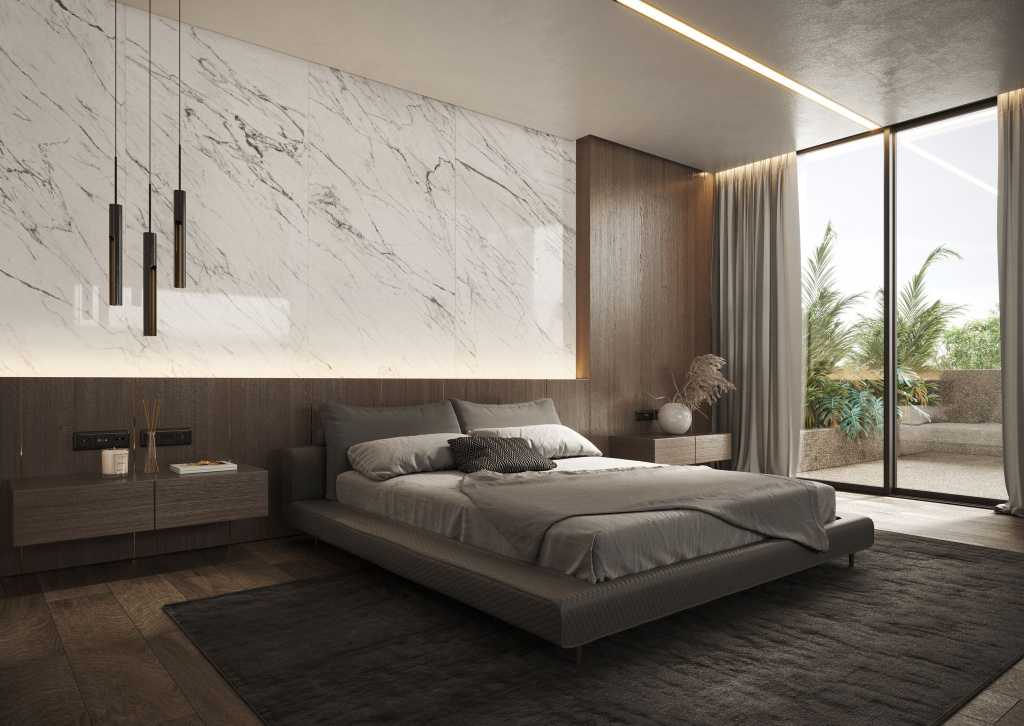
Digital decoration refers to the use of advanced digital printing technologies to apply designs, patterns, and textures onto ceramic tiles. Unlike traditional methods like screen printing or roller printing, digital decoration uses inkjet printing systems to produce highly detailed and customizable designs with precision. This technology has opened up endless possibilities for creativity, allowing manufacturers to replicate natural materials, create bespoke patterns, and meet the growing demand for personalized interiors.
How Digital Decoration Works
The process of digital decoration in ceramic tiles involves several key steps:
Design Creation: Designers use specialized software to create or upload high-resolution designs. These can range from realistic stone textures to abstract patterns.
Inkjet Printing: The design is transferred onto the tile surface using ceramic-specific inkjet printers. These printers use water-based or UV-curable inks that adhere to the tile’s surface.
Firing Process: After printing, the tiles undergo a high-temperature firing process to fuse the design with the tile, ensuring durability and resistance to wear.
Finishing Touches: Additional treatments, such as glazing or polishing, may be applied to enhance the tile’s appearance and functionality.
This streamlined process allows for faster production, reduced waste, and unparalleled design flexibility, making digital decoration a game-changer in the ceramic tiles sector.
Why Digital Decoration is Revolutionizing the Ceramic Tiles Industry
The adoption of digital decoration has transformed the ceramic tiles industry in several ways. Below, we explore the key reasons why this technology is gaining traction among manufacturers, designers, and consumers alike.
Unmatched Design Flexibility
Digital decoration allows for virtually limitless design possibilities. Manufacturers can produce tiles that mimic the look of natural materials like marble, wood, or stone with stunning realism. Additionally, custom designs—such as logos, artwork, or unique patterns—can be created to meet specific client needs. This flexibility is particularly valuable in commercial projects, where branding and aesthetics play a critical role.
Cost-Effectiveness and Efficiency
Traditional tile decoration methods often require costly setup processes, such as creating molds or screens for each design. Digital decoration eliminates these expenses, as designs can be printed directly from digital files. This reduces production costs and allows manufacturers to offer small-batch or custom orders without significant price increases.
Eco-Friendly Production
Sustainability is a growing concern in the construction and design industries. Digital decoration supports eco-friendly practices by minimizing material waste and energy consumption.
The precision of inkjet printing ensures that only the necessary amount of ink is used, and the ability to produce on-demand reduces excess inventory.
Enhanced Durability and Quality
Tiles produced with digital decoration are not only visually appealing but also highly durable. The firing process ensures that the printed designs are resistant to scratches, fading, and water damage, making them ideal for high-traffic areas like kitchens, bathrooms, and commercial spaces.
Applications of Digital Decoration in Ceramic Tiles
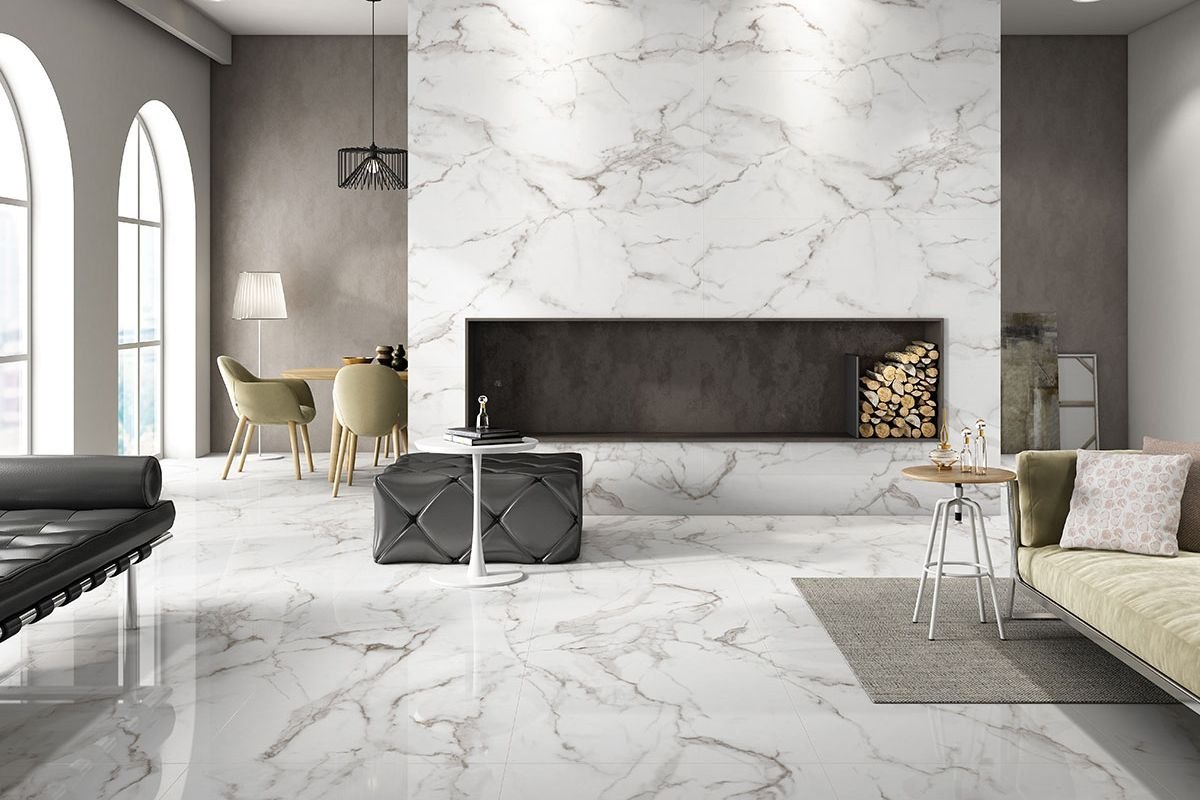
The versatility of digital decoration has led to its widespread use in various settings. Below are some of the most popular applications of digitally decorated ceramic tiles.
Residential Interiors
In homes, digitally decorated ceramic tiles are used to create stunning feature walls, backsplashes, and flooring. Homeowners can choose from a wide range of designs, from classic subway tiles to bold geometric patterns. The ability to customize tiles also allows for personalized touches, such as incorporating family photos or unique artwork into bathroom or kitchen designs.
Commercial Spaces
Businesses are increasingly turning to digitally decorated tiles to enhance their brand identity and create memorable customer experiences. For example, restaurants may use custom-designed tiles featuring their logo, while retail stores can opt for tiles that complement their brand colors. The durability of these tiles makes them suitable for high-traffic environments like shopping malls and airports.
Outdoor and Public Spaces
Digitally decorated tiles are also making their way into outdoor applications, such as patios, pool areas, and public plazas. The ability to create non-slip surfaces and weather-resistant designs ensures that these tiles perform well in challenging conditions while maintaining their aesthetic appeal.
Artistic and Bespoke Installations
For architects and designers, digital decoration offers the opportunity to push creative boundaries. Large-scale murals, intricate mosaics, and 3D-effect tiles are just a few examples of how this technology is being used to create show-stopping installations in galleries, hotels, and cultural institutions.
Key Benefits of Digital Decoration for Stakeholders
Digital decoration in ceramic tiles offers significant advantages for various stakeholders in the design and construction industries.
For Manufacturers
Faster Time-to-Market: Digital printing allows manufacturers to quickly produce new designs without lengthy setup processes.
Reduced Inventory Costs: On-demand printing eliminates the need to stock large quantities of pre-printed tiles.
Competitive Edge: Offering customized and innovative designs helps manufacturers stand out in a crowded market.
For Designers and Architects
Creative Freedom: The ability to create bespoke designs enables designers to bring their visions to life.
Consistency: Digital decoration ensures that every tile in a batch is identical, reducing the risk of design discrepancies.
Sustainability: Eco-friendly production aligns with the growing demand for sustainable design solutions.
For Consumers
Affordability: Cost-effective production translates to more accessible pricing for high-quality tiles.
Personalization: Consumers can choose designs that reflect their unique style and preferences.
Longevity: Digitally decorated tiles are built to last, offering excellent value for money.
Challenges and Considerations in Digital Decoration
While digital decoration offers numerous benefits, there are some challenges and considerations to keep in mind.
Initial Investment Costs
The transition to digital decoration requires significant investment in advanced printing equipment and software. For smaller manufacturers, this upfront cost can be a barrier to adoption. However, the long-term savings and increased market competitiveness often outweigh the initial expense.
Technical Expertise
Operating digital printing systems and designing high-quality files require specialized skills.
Manufacturers and designers must invest in training to fully leverage the technology’s potential.
Market Education
Despite its advantages, some consumers and professionals may be unfamiliar with digital decoration. Manufacturers and suppliers must educate their audiences about the benefits and applications of this technology to drive demand.
The Future of Digital Decoration in Ceramic Tiles
The future of digital decoration in the ceramic tiles sector looks promising, with ongoing advancements in technology and growing consumer demand for personalized, sustainable products. Here are some trends to watch:
۳D Printing and Textured Tiles
Emerging technologies like 3D printing are being integrated with digital decoration to create tiles with tactile surfaces and three-dimensional effects. These textured tiles add depth and visual interest to spaces, appealing to designers seeking innovative solutions.
Smart Tiles
The rise of smart home technology is influencing the ceramic tiles industry. Researchers are exploring ways to incorporate sensors, LED lighting, or temperature-regulating properties into digitally decorated tiles, creating functional and aesthetically pleasing surfaces.
Sustainable Innovations
As sustainability becomes a priority, manufacturers are developing eco-friendly inks and recycling processes for ceramic tiles. Digital decoration will play a key role in supporting these initiatives by reducing waste and energy use.
Hyper-Personalization
With advancements in AI and design software, consumers may soon be able to create their own tile designs using online platforms. This level of personalization will further democratize access to custom ceramic tiles.
Tips for Choosing Digitally Decorated Ceramic Tiles

If you’re considering digitally decorated ceramic tiles for your next project, keep these tips in mind:
Define Your Aesthetic: Choose designs that complement your space’s overall style, whether it’s modern, rustic, or eclectic.
Consider Functionality: Ensure the tiles are suitable for the intended application, such as slip-resistant tiles for bathrooms or durable tiles for high-traffic areas.
Request Samples: Always request physical samples to evaluate the design, texture, and quality before committing to a large order.
Work with Reputable Suppliers: Partner with manufacturers or suppliers with a proven track record in digital decoration to ensure consistent quality.
Plan for Maintenance: While digitally decorated tiles are low-maintenance, follow the manufacturer’s care instructions to preserve their appearance.
Conclusion: Embracing the Future of Ceramic Tiles
Digital decoration is transforming the ceramic tiles sector, offering unprecedented opportunities for creativity, efficiency, and sustainability. From hyper-realistic designs to bespoke patterns, this technology empowers manufacturers, designers, and consumers to reimagine spaces in exciting new ways. As advancements continue to shape the industry, digitally decorated ceramic tiles will remain at the forefront of innovative design solutions.
Whether you’re planning a home renovation, designing a commercial space, or exploring new materials as a professional, digital decoration in ceramic tiles is a trend worth embracing. By understanding its benefits, applications, and future potential, you can make informed choices that elevate your projects to new heights.
Ready to explore the world of digitally decorated ceramic tiles? Start by researching reputable suppliers and experimenting with designs that inspire you. The possibilities are endless, and the results are sure to transform your space.
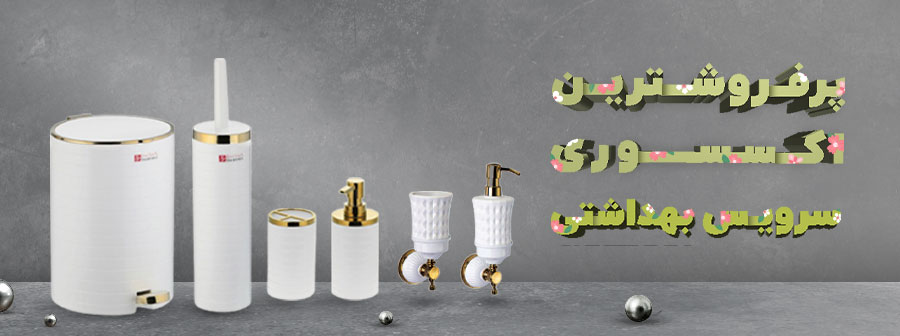

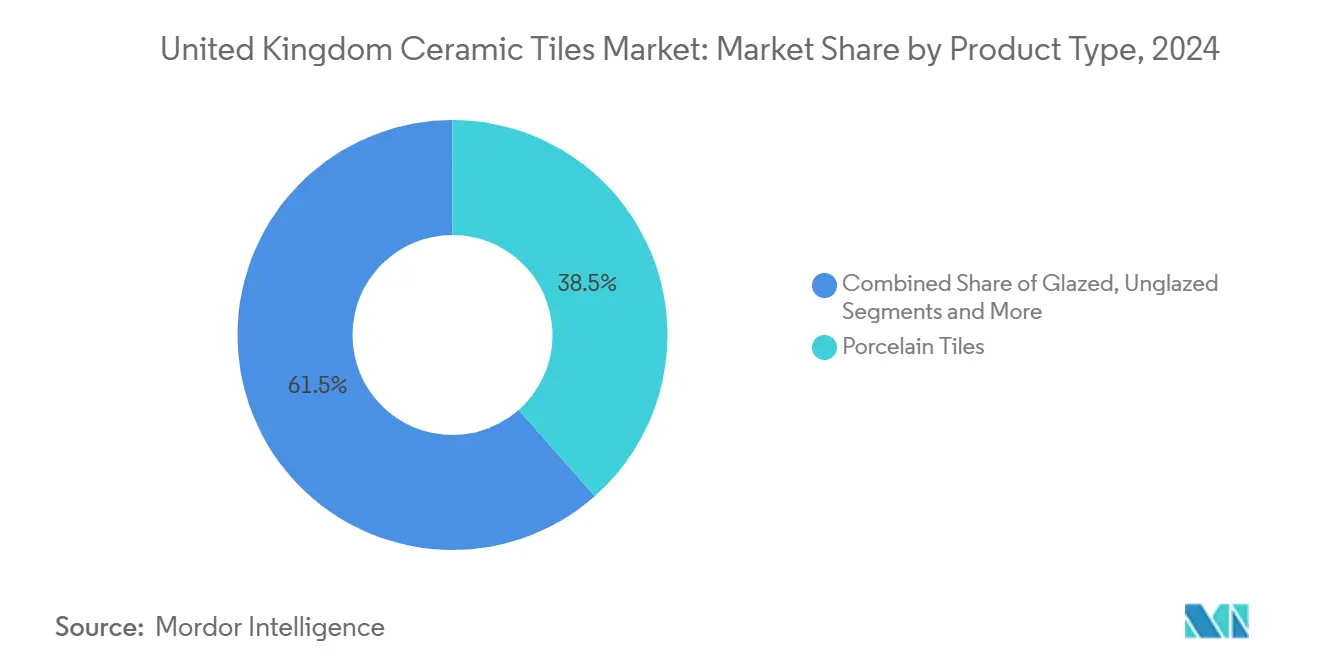



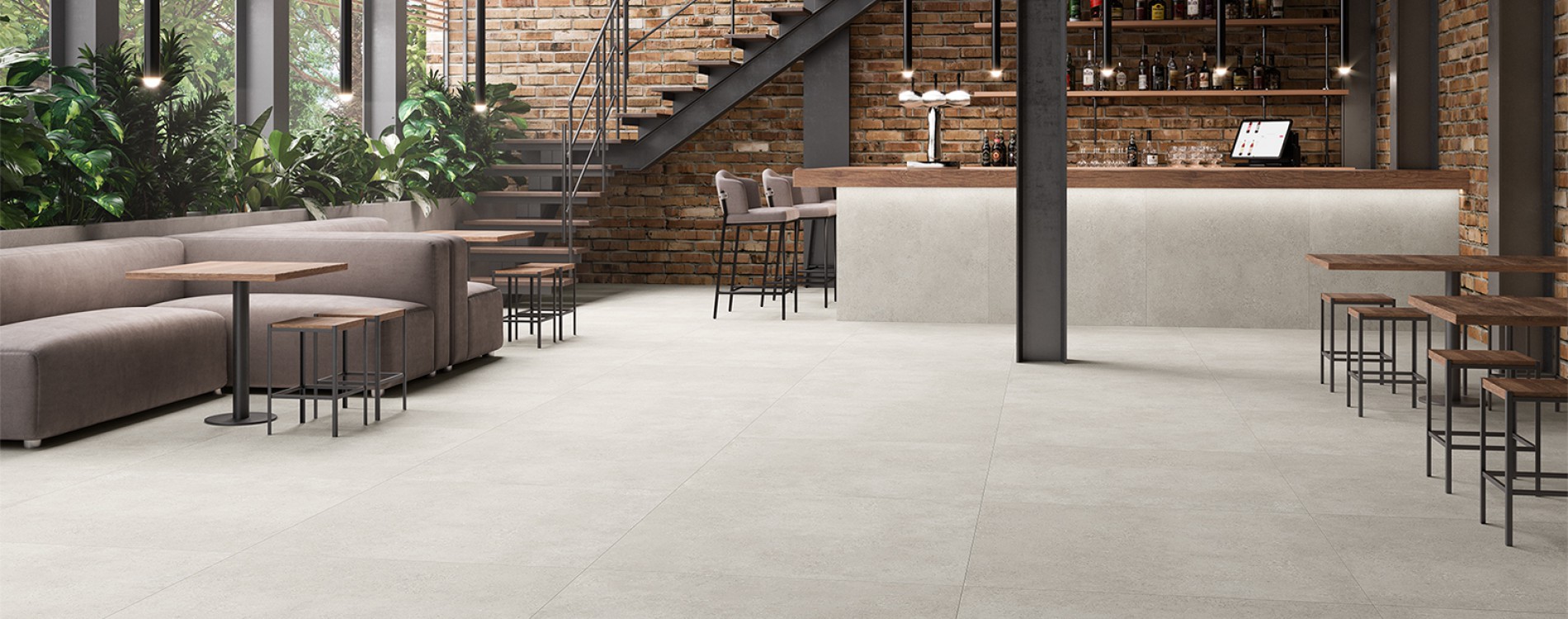
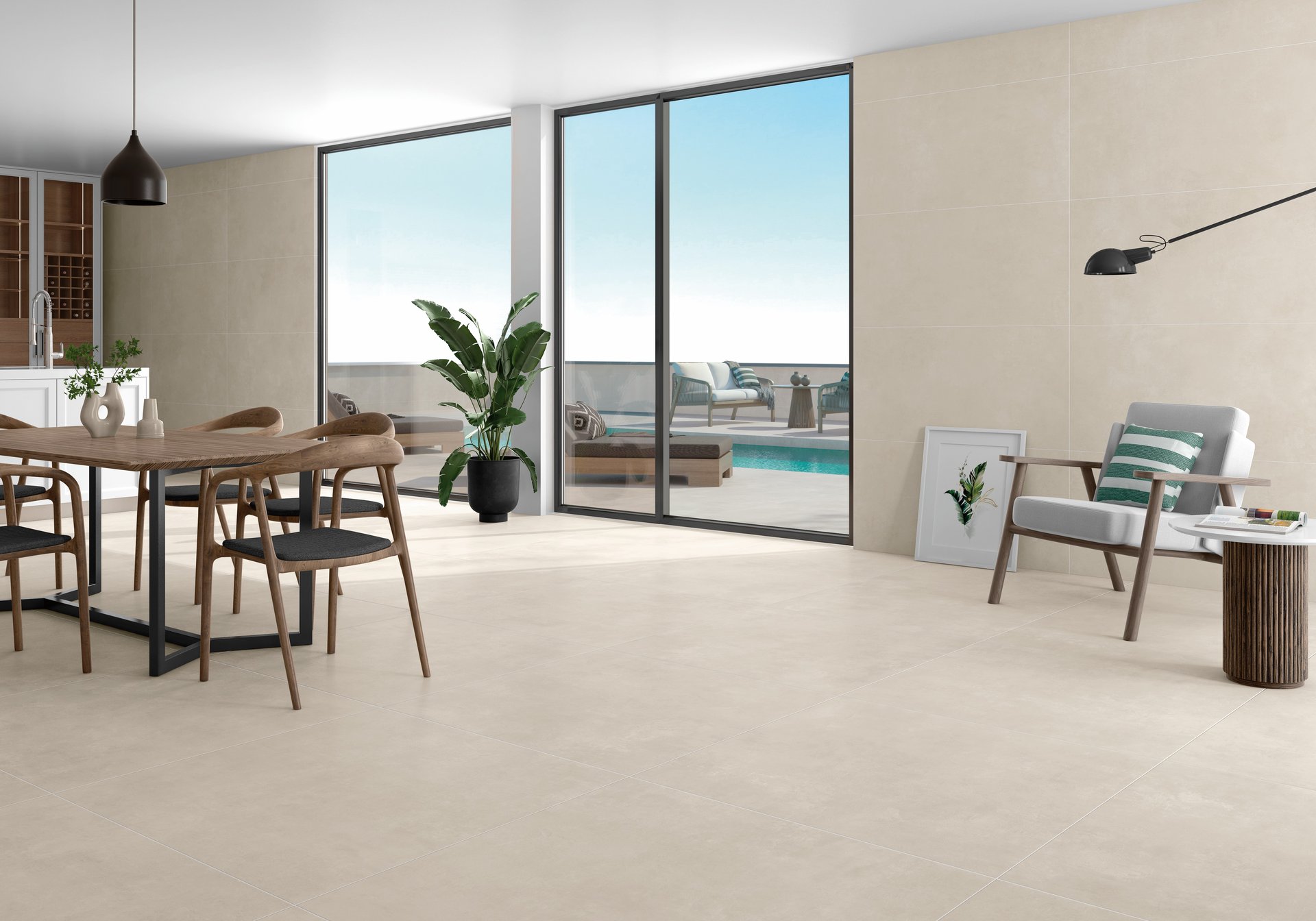
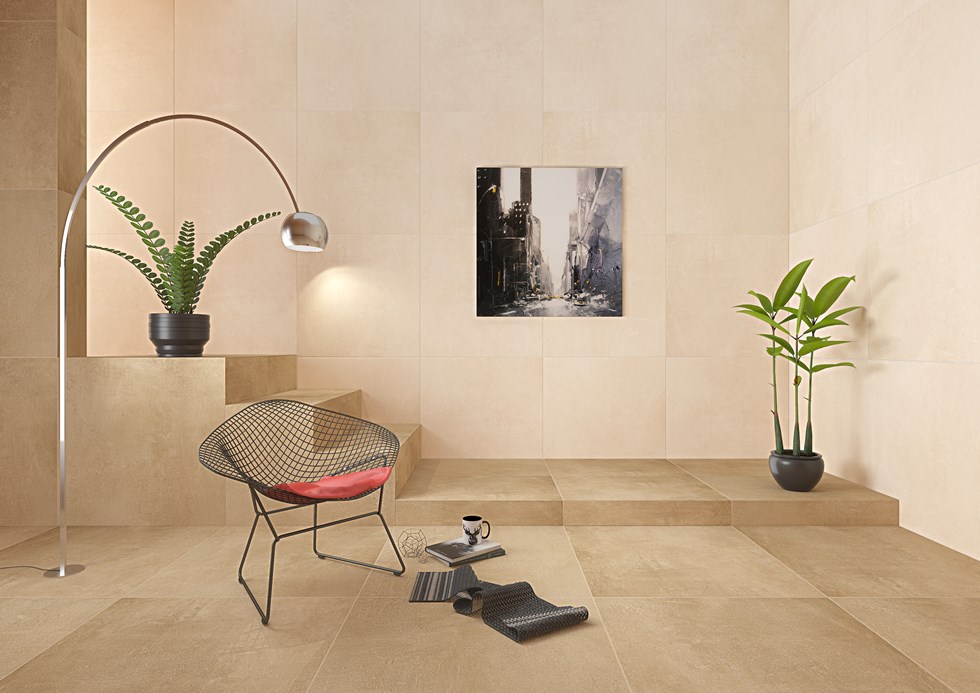
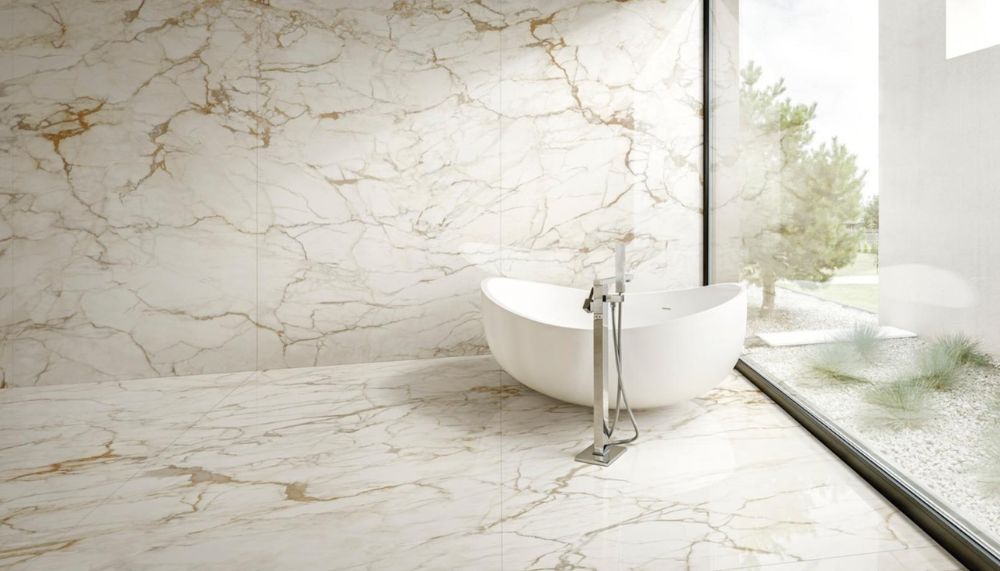


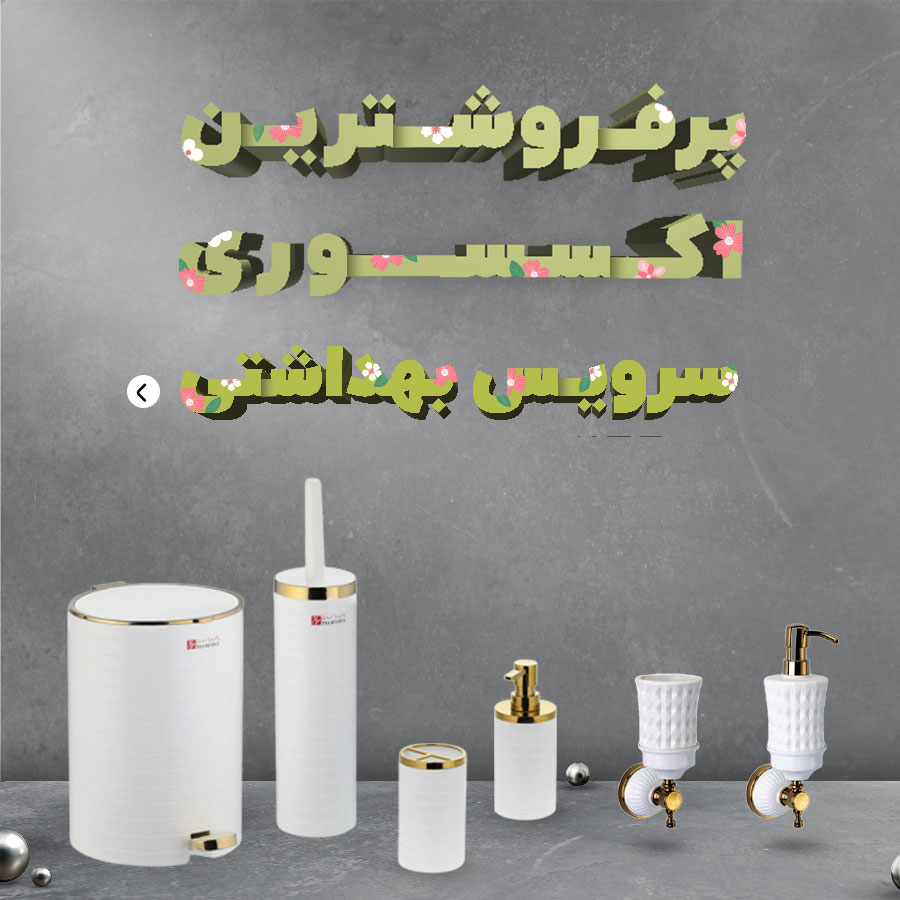

نظرات ۰